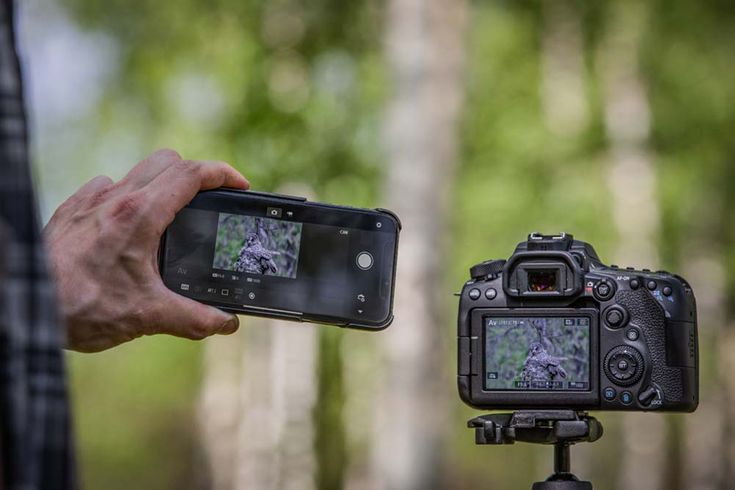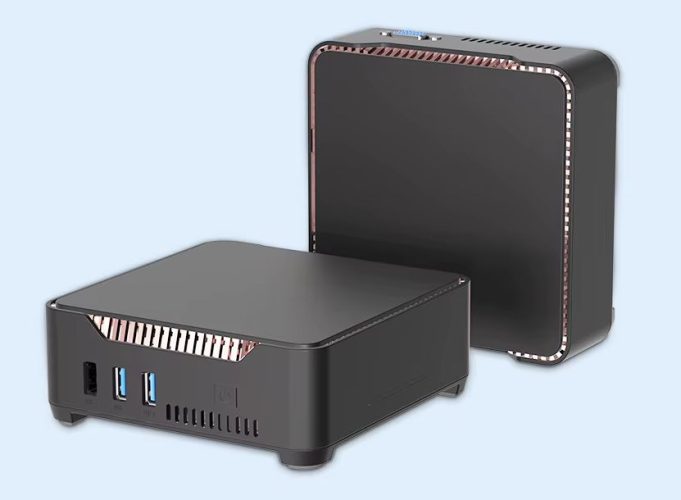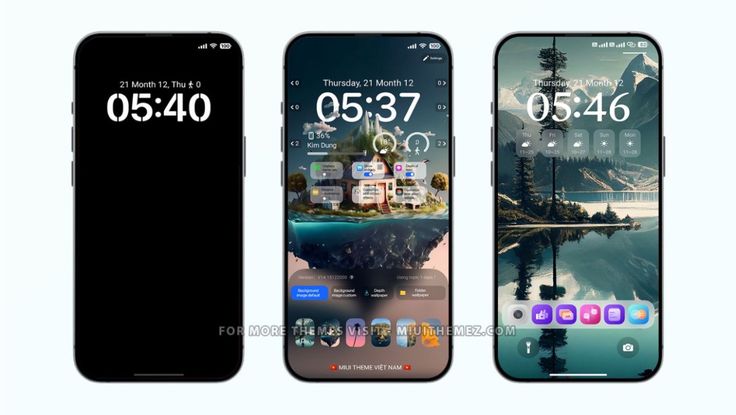It may initially appear somewhat unconventional to present this observation on a digital camera review platform; however, the image quality of flagship smartphone cameras has exhibited remarkable advancements over the past year or two.
As a reviewer of both digital cameras and smartphone cameras, with my analyses published in ITmedia Mobile, I have developed numerous insights on this topic. Consequently, I wish to explore the question of which is superior: a digital SLR or a smartphone camera? More specifically, I aim to assess their relative strengths and weaknesses.
One of the most distinctive features of smartphones is their ability to utilize continuous shooting combined with advanced composition techniques. Both digital single-lens reflex cameras and smartphone cameras operate on a similar principle: they capture light through a lens, convert that signal via an image sensor, and subsequently generate an image. However, as these technologies have evolved, significant differences have emerged between them.
To illustrate this point, I present photographs taken at the same location using a smartphone camera (iPhone 16 Pro) and a full-frame mirrorless camera (Sony α7C II). The aspect ratios have been adjusted for visual consistency.
The image captured by the iPhone 16 Pro is displayed above, while the photograph taken with the α7C II is shown below. The iPhone effectively captures a deeper blue sky and brighter shadow details, whereas the α7C II results in a lighter sky with darker shadows.
For a clearer comparison, consider the following: the iPhone does not overexpose the incandescent lighting, resulting in a bright wall and ceiling in the background. In contrast, the α7C II overexposes the lighting, leading to a darker background.
In terms of sensor performance, digital SLR cameras equipped with full-frame sensors demonstrate superior capabilities and a broader dynamic range. Nevertheless, in practical photography scenarios, the iPhone is adept at managing a wider spectrum of light and shadow contrasts.




